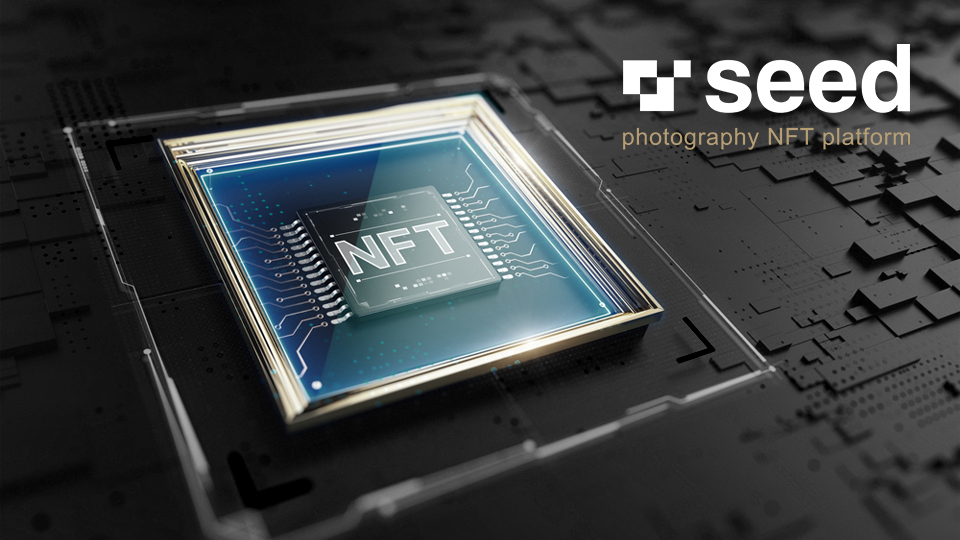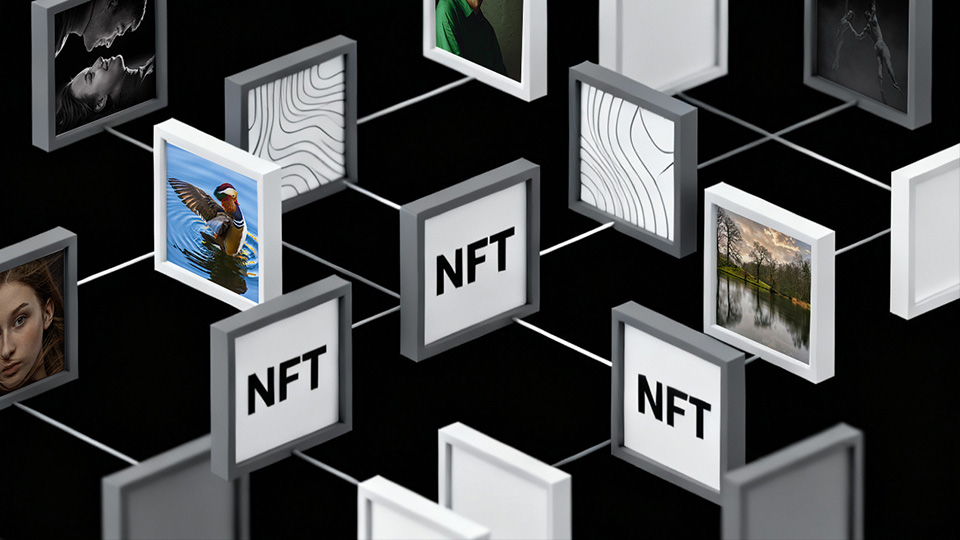Beyond the Frame: Understanding the Economics of NFT Photography
In the era of digital art and Web 3.0, NFTs have emerged as a transformative force, particularly within the industry of photography. Unlike traditional art markets, where physical ownership often dictates value, NFTs provide a decentralized framework for artists to tokenize and sell their digital creations, creating new paradigms for ownership and monetization.

At the core of NFT photography lies the concept of scarcity. By minting a limited number of tokens representing their work, photographers can imbue their creations with unique value in the digital realm. This scarcity, coupled with the immutable nature of blockchain technology, establishes a transparent and verifiable record of ownership, fostering trust and authenticity within the market.
Moreover, the economics of NFT photography extend beyond the initial sale. Smart contracts embedded within NFTs enable artists to receive royalties automatically each time their work is resold in the secondary market. This feature not only provides ongoing income streams for creators but also aligns incentives between artists and collectors, fostering long-term relationships and community engagement.

Additionally, the advent of NFT photography has sparked discussions surrounding intellectual property rights and the redefinition of ownership in the digital age. With traditional copyright laws often struggling to adapt to the complexities of online content, NFTs offer a novel solution by embedding ownership rights directly into the digital asset itself. This not only empowers photographers to protect their work from unauthorized use or replication but also opens up possibilities for novel licensing models and collaborations. As the ecosystem matures, it will be essential to continue exploring the implications of these new ownership structures and how they reshape the relationship between creators, consumers, and the broader digital landscape.
In conclusion, the emergence of NFT photography represents a significant shift in the economics of art in the Web 3.0 era. By leveraging blockchain technology to tokenize and authenticate digital creations, photographers can establish ownership, scarcity, and value in ways previously unimaginable. As the space continues to evolve, understanding these economic dynamics will be crucial for both creators and collectors alike to navigate and thrive in this new paradigm of digital ownership and expression.





